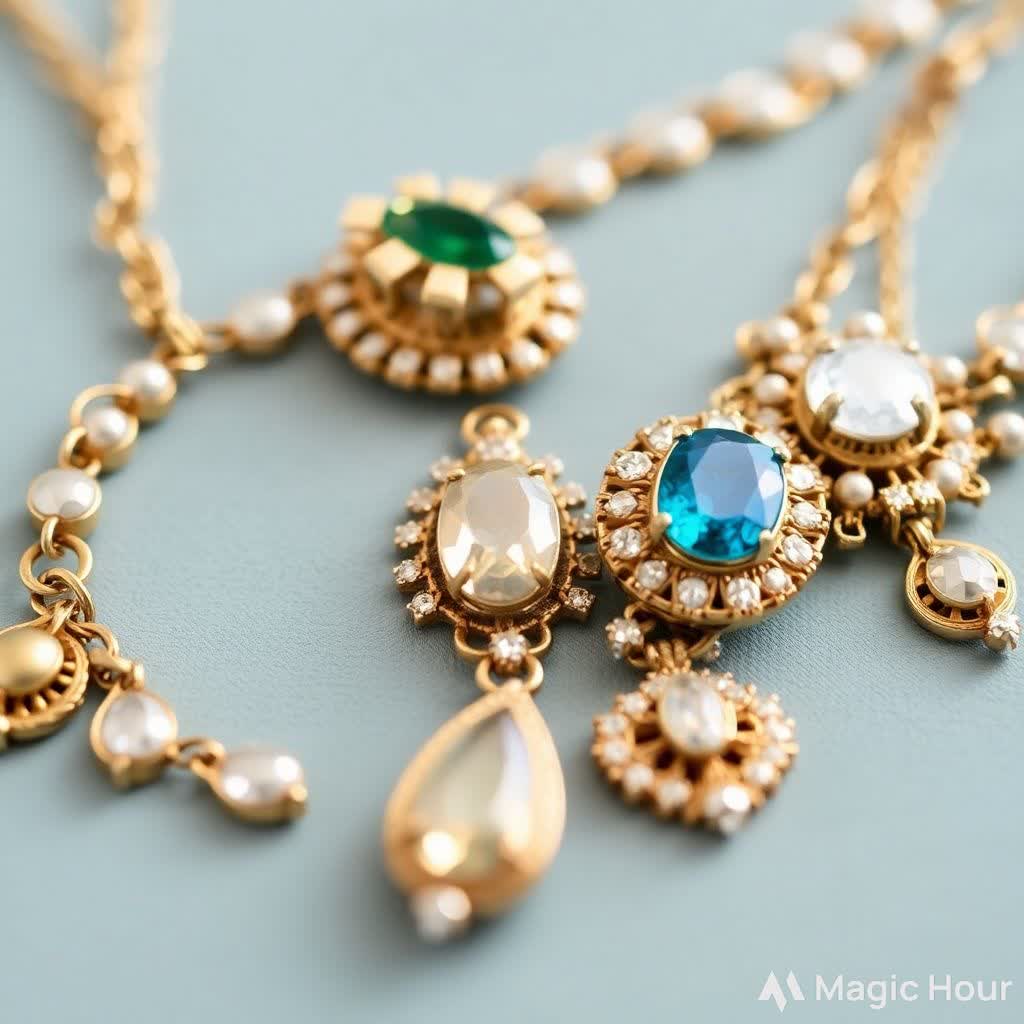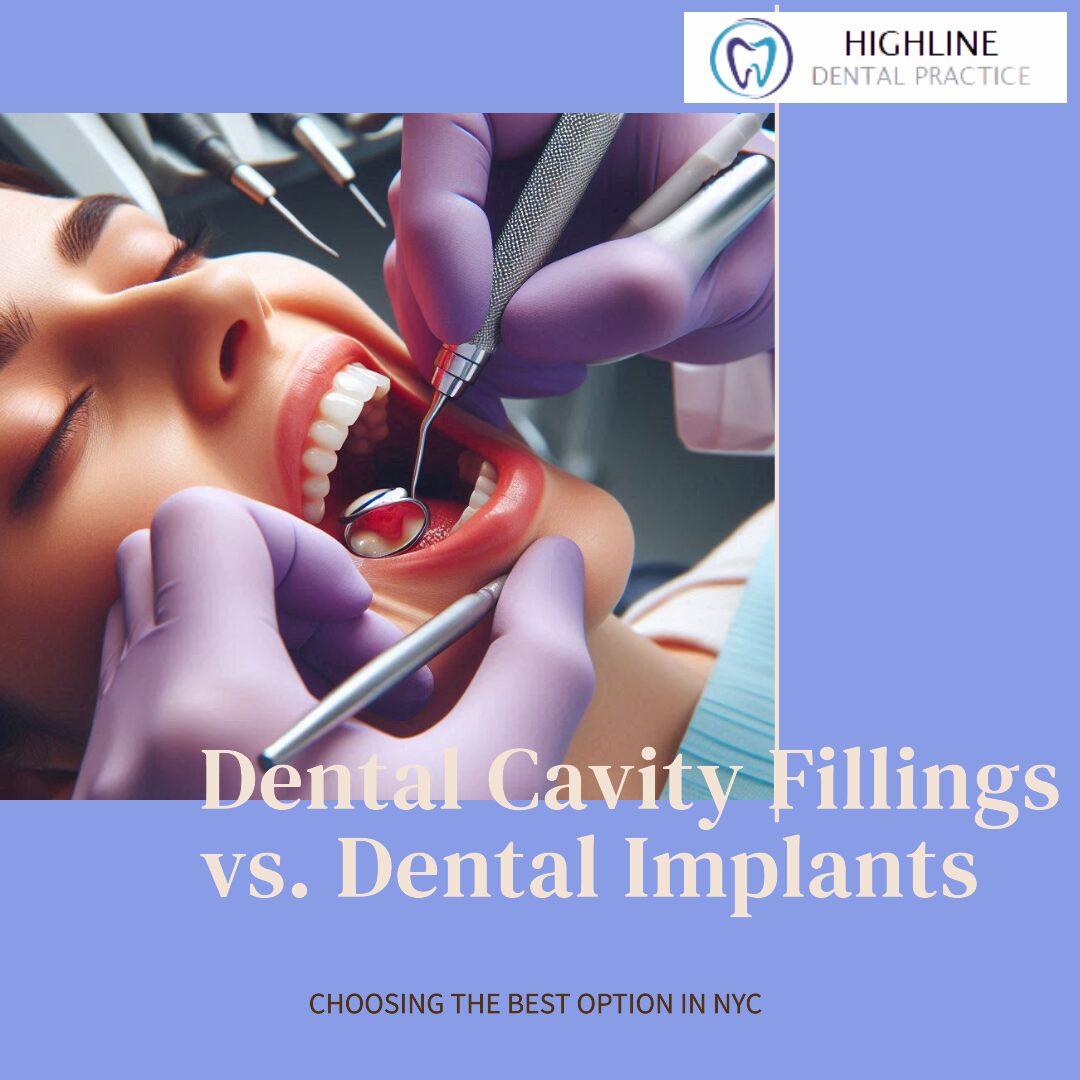
Antique jewellery is not just about adornment; it’s about preserving history, art, and craftsmanship. From intricately designed Victorian brooches to breathtaking Art Deco rings, each piece tells a unique story. But how can you truly understand the value of these heirlooms or collectibles?
Whether you’re looking to insure, sell, or simply appreciate the heritage behind your jewellery, uncovering its value is essential. This comprehensive guide will walk you through what makes antique jewellery so special, the factors that determine its worth, and how to protect and preserve these timeless treasures.
What Is Antique Jewellery?
Definition and Characteristics
Antique jewellery refers to items that are over 100 years old. These timeless pieces reflect key artistic and cultural movements, spanning eras such as the Georgian, Victorian, Edwardian, and Art Deco periods.
Crafted with exceptional precision, antique jewellery is known for its hand-engraved designs, rare materials, and distinctive motifs that tell the story of a bygone age.
How It Differs from Vintage and Modern Jewellery
Understanding the distinctions between antique, vintage, and modern jewellery is key to pinpointing the value of your piece.
- Antique Jewellery: At least a century old, often handmade, and rich in historical significance.
- Vintage Jewellery: Between 20 and 100 years old, usually reflective of design trends from the 20th century.
- Modern Jewellery: Contemporary, commonly mass-produced, and made using modern techniques.
Antique jewellery valuation stands out for its rarity, historical context, and superior craftsmanship, making it highly sought after by collectors.
Why Valuing Antique Jewellery Is Important
Understanding the worth of your antique jewellery goes beyond knowing its monetary value. It connects you with its history, enhances its significance, and informs your decisions for preservation or future sales.
Discover Its Market Value
Whether you plan to sell or insure your antique jewellery, knowing its market value is non-negotiable. Jewellery markets fluctuate based on demand and trends, so getting an accurate valuation will ensure you’re prepared for any financial decisions.
Uncover Sentimental and Historical Significance
Antique jewellery carries more than monetary worth. Valuing your piece can reveal details about its origin, the era it belonged to, and possibly even the artisan or designer behind it.
Identify Rare and Unique Pieces
Some jewellery pieces are one-of-a-kind or from renowned designers, significantly increasing their value. A professional valuation can determine rarity, making it easier to understand if your piece is a hidden treasure.
Factors That Determine the Value of Antique Jewellery
Several key elements influence the value of antique jewellery. Here’s what professional appraisers consider when assessing your piece.
1. Age and Historical Era
The period in which your jewellery was crafted matters greatly. Jewellery from popular eras like Victorian (1837–1901), Edwardian (1901–1914), and Art Deco (1920s–1930s) is often more valuable due to its demand among collectors.
2. Materials and Gemstones
Precious metals such as gold, platinum, and silver add intrinsic value to your piece, as do genuine gemstones like diamonds, rubies, sapphires, and emeralds. The quality, colour, and rarity of these materials can heavily influence market value.
3. Craftsmanship and Design
Pieces showcasing intricate details, hand-engraving, or unique designs demonstrate superior craftsmanship, often raising their worth. Handmade jewellery is valued more highly than mass-produced items.
4. Provenance and Designer Reputation
Jewellery with documented provenance, such as certificates or trademarks, holds added value. Pieces from famed houses like Cartier, Tiffany & Co., or Van Cleef & Arpels command premium prices due to their reputation.
5. Condition and Authenticity
The better the condition, the more valuable the jewellery. However, signs of wear – such as patina – can enhance authenticity. Appraisers also look for original features like hallmarks or settings that confirm a piece’s origin.
How to Get Your Antique Jewellery Valued
If you’re ready to uncover the value of your jewellery, here’s how to start the process.
1. Find a Qualified Appraiser
Look for certified gemologists or jewellery experts with experience in valuing antique pieces. Organisations like the Gemological Institute of America (GIA) or the National Association of Jewellers (NAJ) can help you locate reputable professionals.
2. Prepare Your Jewellery for Appraisal
To ensure your jewellery shines at its best, clean it gently with warm water and a soft brush. Collect any documentation or receipts that might support its history and highlight special characteristics.
3. Understand the Process
During the appraisal, professionals will inspect factors like material quality, craftsmanship, and historical relevance, often using specialised tools. They will then provide a detailed report outlining the piece’s value and unique features.
Tips to Preserve and Protect Your Antique Jewellery
Proper maintenance is crucial to retaining your jewellery’s worth over time. Follow these preservation tips to keep your treasures in pristine condition.
1. Store Jewellery Properly
- Use soft-lined boxes or velvet pouches to avoid scratches.
- Store pieces individually to prevent tangling.
- Keep away from direct sunlight, humidity, and extreme temperatures.
2. Avoid Excessive Restoration
Resist over-restoration or replacing original components unnecessarily, as this can diminish authenticity. Trust only specialists with experience in antique restoration.
3. Retain Supporting Documentation
Preserve certificates, receipts, and original packaging. These documents can greatly enhance your piece’s value and appeal to collectors.
Unlock the True Worth of Your Antique Jewellery
Antique jewellery isn’t just beautiful; it’s a connection to history and a testament to exceptional craftsmanship. Understanding its full value can open new opportunities – whether you choose to sell, insure, or simply cherish your piece.
Don’t wait. Take the first step today by consulting a certified appraiser or exploring trusted valuation services. Your jewellery could hold more than meets the eye.
FAQs
1. What makes a piece of jewellery “antique”?
Jewellery is considered antique if it is over 100 years old.
2. Can antique jewellery increase in value over time?
Yes, depending on its rarity, condition, and historical significance, it can become more valuable.
3. How can I find a reliable appraisal service?
Look for certified professionals from organisations like GIA or NAJ.
4. Should I clean my antique jewellery before getting it appraised?
Yes, but use gentle cleaning methods to avoid any damage.
5. Is online jewellery valuation reliable?
Online tools can provide estimates, but an in-person appraisal is more accurate.





